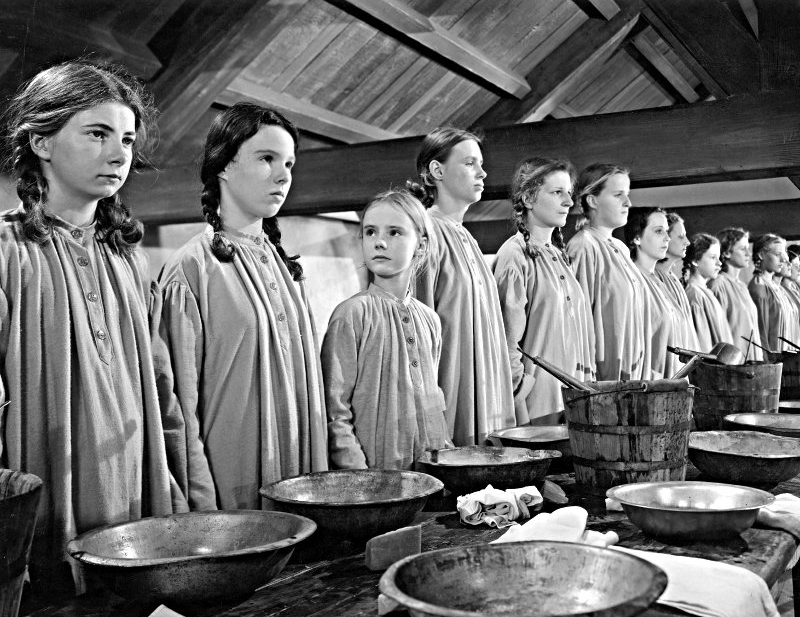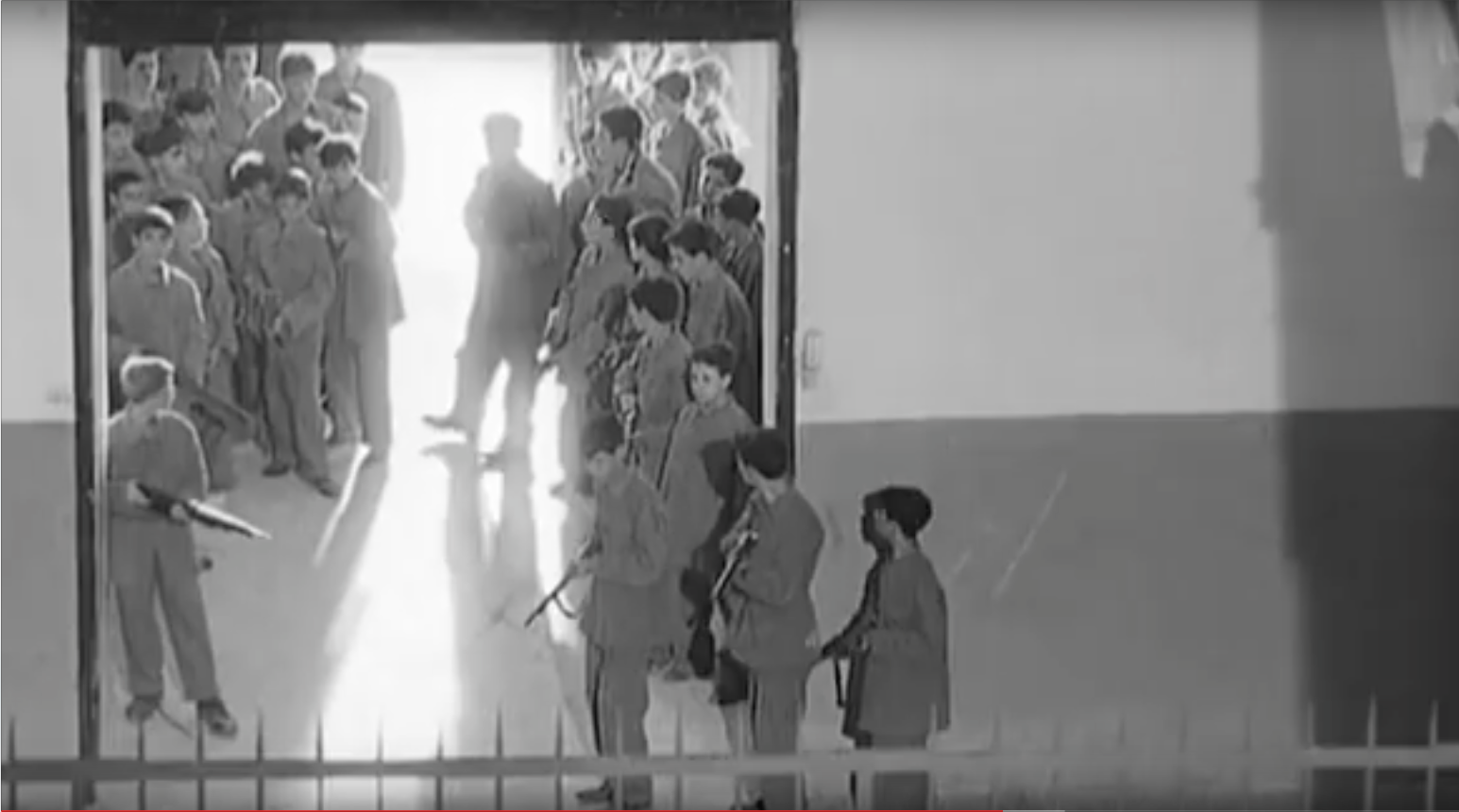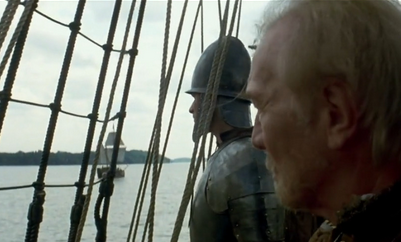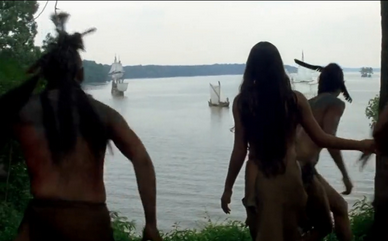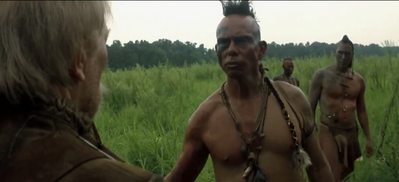Chi siamo noi?
Judy Cohen and Taxi Driver poster
I'm an Italian language student who loves movies!
When I was about ten in the early 1960s Midwest, I started watching movies every day after school. Film noir set me on the road to movie obsession.
I mixed it up with some cheery classics (like Jane Eyre); little girls I wanted to be (like Margaret O'Brien); and grown-up movies (like The Marrying Kind) that I understood better each time I saw them.
I have a master’s degree in Teaching English as a Second Language and for 40 years taught people from all over the world – many of whom shared their favorite local films with me.
This blog brings together two exciting adventures in my life: learning Italian and watching movies.
I started learning Italian in the summer of 2015 for a trip to Sicily. But there was another reason: when I watched old Italian movies, I had always felt I was missing something by not understanding what the actors actually said. In fact, as I learned later, the subtitles not only leave out a lot but are often wrong. (Of course, learning Italian might not help so much with dialect and slang.)
The blog name is adapted from the title of the movie Io la conoscevo bene (Antonio Pietrangeli, 1965), which means "I knew her well." The blog name is changed to mean "I knew them well," because I talk about the films that I know – and love – the best.
I use the skills I’ve gained in Teaching ESL to make sure that the text is accessible and useful to students. The images I choose match the text closely. Our editor, Alberto, corrects what I've written, making sure it all actually sounds Italian. He understands a lot of Italian dialects, which is often essential to understanding the dialogue. I go over the final drafts with my teacher, Michela. Finally our proofreader, Lucrezia, reviews everything, tweaking the remaining anomalies. It's a process!
Why this blog? I love movies; I love Italian. I’m excited to share them both with you!
This blog could not happen without the help and support of these native Italian speakers who review all my writing to make sure it is just right for Italian language-learning readers. We hope you will enjoy your time here!
Alberto Maio eating pizza in China
Corso Salani in a scene from Il muro di gomma, by Marco Risi
Benigni and Troisi in Non ci resta che piangere, writing one of the funniest letters in Italian cinema history.
Alberto Maio, Editor
I’ve always been obsessed with true stories. When I go to the movies, it’s often to watch a documentary. When I was little I’d watch Il muro di gomma (The Rubber Wall) over and over. It’s the story of a great work of investigative journalism into a terrible massacre that took place in Italy in 1980.
I was born in Sicily and now I live in Bologna. I work as a professional journalist for radio, local and national television. I have reported from China, Lebanon, India, Ukraine, Serbia, Tanzania and Nepal.
Whenever I have time, I travel. So far, my favorite parts of the world are Southeast Asia and the Middle East, but I have so much left to explore! I love to go hiking, hang out with locals and taste typical food, but I also enjoyed just sitting and watching life taking place in a square in Tehran, in a market in Yangoon, in a temple in Zhejiang.
If I had to recommend a movie to someone who’s learning Italian, I’d recommend comedy! My favorite is Non ci resta che piangere (Nothing Left to Do but Cry), written and directed by two of the best Italian comedians from the ‘80s and ’90s: Massimo Troisi and Roberto Benigni. The story is kind of dumb and maybe the lines are not the easiest to understand, but you get to hear how colorful Italian can be if spoken by a guy from Tuscany or from Campania.
Michela Badii at her home in Pulicciano, Tuscany. The Florentine hills are in the background.
Robert De Niro and Gérard Depardieu in 1900
The House of the Spirits
Michela Badii, Teacher
I have always loved stories. All stories. Even as a child, I liked to lose myself in the pages of books, cartoons or stories that adults told me. Those plots fascinated me and at the same time intrigued me.
I believe that this is how my passion for cultural anthropology and for teaching was born. Teaching and doing anthropological research are for me two indispensable ways to stay in the world, to satisfy my curiosity and my need for discovery.
I graduated from the University of Siena with a degree in Modern Literature. My thesis was on Ethnology and Semiotics. In 2008, I obtained a PhD in Cultural Anthropology from the École des Hautes Études en Sciences Sociales in Paris.
Currently I teach Anthropology of Food at the university and I give lessons in Italian language and culture to foreigners. This last activity allows me to combine the love for my language with the one for the exchange with other cultures, thanks to the many students from all over the world that I have been able to meet over time. You can find my Italian teacher profile here.
I can’t say that I’m a film expert, even though I have seen many films, like many people; and I don't even know what my favorite movie is, since there are so many films I've loved (1900 by Bernardo Bertolucci or The House of the Spirits by Bille August, to name two).
In any case, as for the idea of watching a film, in front of the fireplace or to the summer song of the cicadas in my beloved Tuscany, I’ll never give up!
Lucrezia Grussani at the Orangerie in Paris enjoying Les Nymphéas by Monet.
Lucrezia Grussani, Proofreader
During my university studies, I came face to face with different cultures; that opened up new horizons in the way I see the world.
I have always been fascinated by how people perceive “the other”: people, cultures and things that are different from what they consider “normal.”
From this perspective, I started to love works of art – films, books, music and visual art – that show the diverse ways people of various cultures see the world. Whether fiction or documentary, I think films always offer something new to help us reflect and become more self-aware and open-minded.
One of my favorite films is Terence Malick’s The New World. I really appreciate the director’s attempt to tell the story of the encounter of two cultures from both points of view: the English and the Native American. Even though – as often happens in Hollywood movies – the director felt the need to spice up the storyline with the inclusion of a romance between Pocahontas and Captain John Smith) which probably never happened, I believe the film offers a fresh depiction of Native people that stands in stark contrast to the stereotypical ones found in other films, such as Dances with Wolves. We so often find two types of Native Americans: the good ones, who help the Europeans; and the bad ones, who fight the invaders. In The New World, Malick’s investigation of the complex psychology and the process behind the indigenous people’s decisions and actions, reflects respect for their culture and beliefs.
This interest of mine in always trying to find new ways to think about our world led me to get my Bachelor’s Degree in Language, Civilisation and the Science of Language from Ca’ Foscari University, and my Master’s Degree in Modern Language for International Communication and Cooperation from Università degli Studi di Padova.
I live in Vicenza and I work as a translator and proofreader in English, Italian and Spanish.


